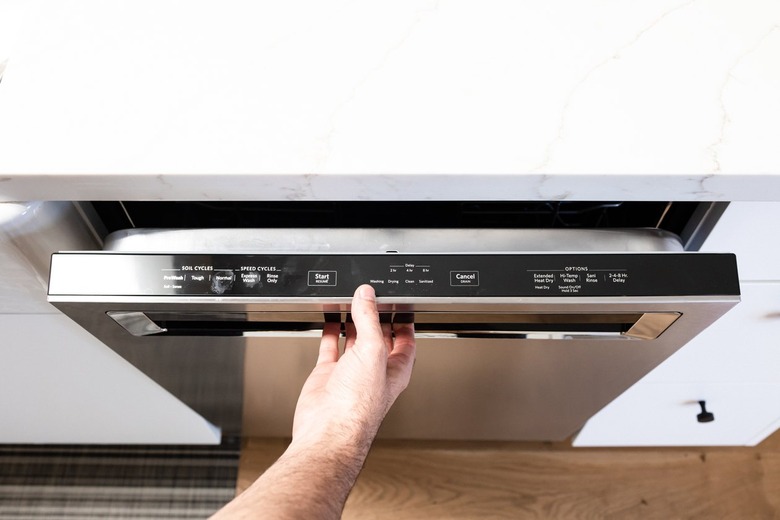The Difference Between A Tall Tub Dishwasher And A Regular Dishwasher
As technology continues to evolve, the process of shopping for a dishwasher can be intimidating. Not only do you have to choose between a regular dishwasher and a tall tub dishwasher, but you also have to choose from models that come in different heights, widths, with or without stainless steel features, and different energy-saving cycles. At the bare minimum, you need to know the difference between a regular dishwasher and a tall tub dishwasher before you make your purchase.
Standard Dishwasher
Standard Dishwasher
The most important thing to know about a standard dishwasher is the size. A standard dishwasher can hold up to 12 place settings, and they have a kick plate underneath the door. The kick plate is attached to the bottom of the dishwasher, and makes it easier to install and to keep up maintenance. A standard size dishwasher is about 24 inches wide, 24 inches deep and 35 inches high. Most models have adjustable-height legs, and you can sometimes even find models that are a bit narrower, shallower or shorter. Most people like to have standard dishwashers if they're only using it for simple needs.
Most of the time, standard dishwasher users only wash their dishes once a day and don't wash a ton of dishes. If you're looking to purchase a standard dishwasher, it will run you anywhere from $200 for a basic model standard dishwasher to $1,000 for a state-of-the-art version. If you're looking for a midrange, standard dishwasher that is a bit more elevated than a basic dishwasher, but not as high tech as a top-of-the-line dishwasher, you may pay between $400 to $500.
Pros
- Easy installation, repair, and maintenance
- Work well for smaller households
Cons
- Low capacity
- Kick plate takes up a lot of space
- Can be noisy
Tall Tub Dishwasher
Tall Tub Dishwasher
People tend to prefer tall tub dishwashers because they are super capacity models. According to Kitchens, not only do they have more space, but the increase in space doesn't necessarily make the size of the overall dishwasher larger. It can still fit underneath a standard kitchen countertop. Since there isn't a kick plate at the bottom of the dishwasher, tall tub dishwashers can hold up to 16 place settings. Also, if you have large items such as cookie sheets, larger glasses, bigger pots and pans or vases, they will fit comfortably in the dishwasher.
Tall tub dishwashers can price anywhere from $200 to $1,000, or more depending on what type of model you get. The average price of a midrange model will be anywhere from $500 to $700. Depending on whether you want a basic, midrange or high tech tall tub dishwasher will dictate how much you're going to pay for one.
Pros
- Can hold large items
- Run quiet
Cons
- More expensive than standard dishwashers
- Challenging to install and repair
Energy Efficient Dishwashers
Energy Efficient Dishwashers
According to the Gulf Coast Electric Cooperative, as much as 80 percent of the energy dishwashers use goes to heating water. That's why it's so vital that you use your dishwasher responsibly. If you're installing a new dishwasher, many of these newer models can save energy by using their own water. By saving water, you're essentially saving the energy that is used to pump and treat it as well as heat and clean it in your city's wastewater facility. According to the Gulf Coast Electric Cooperative, up to 50 percent of a city's energy bill goes to supplying the water and cleaning it after usage. That means when you're buying a new dishwasher, try to find something that has more efficient operating cycles.
Also, when shopping, look for the EnergyGuide label. According to Energy Star, dishwashers have a label that estimates how much electricity, in kilowatt hours, is needed every year to run an appliance and heat the water. The guide bases this on the yearly cost of gas or electric water heating, and this is calculated by washing six loads a week using the normal setting. When purchasing your next dishwasher, you want to look for features that state the dishwasher is energy saving or has short wash cycles. In the end, you'll be using less water and saving energy.
